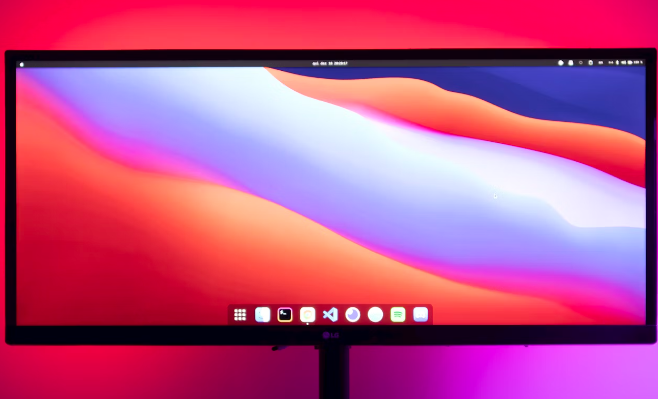OLED displays are increasingly widespread both for the creation of smartphone, smartwatch and smart TV screens. Starting in 2010, television manufacturers such as LG, Sony and Panasonic began using this technology for their devices, which uses organic light-emitting diodes.
OLED technology is also used for high-end smartphone screens, such as iPhone 12 and Samsung Galaxy S21, or for wearable devices such as Apple Watch and Galaxy Watch. But how do OLED screens work and when do we use them? Let’s find out together.
Table of Contents
What is an OLED screen and how it works
The term OLED is the acronym for Organic Light Emitting Diode. These are organic diodes where the emissive electroluminescent layer is formed by a thin film of organic compound, which emits light when an electric current passes through it.
This technology does not need a backlight to reproduce complex high-resolution color images and reacts quickly to generate detailed and vivid images.
The LEDs of OLED screens are positioned between two conductive elements, which allow the passage of electric current and therefore the emission of an intense light that helps generate the images on the display.
Operation is simple, but not free from defects. One of the disadvantages of OLED panels is the phenomenon called burn-in. Which occurs when the same image is kept playing on the monitor for prolonged periods.
Since these are organic materials, they undergo degradation over time, losing brightness and image quality over time. Manufacturers have worked to optimize this problem by increasing the lifetime of organic diodes.
OLED screens for televisions
OLED screen Among the devices equipped with OLED screens we find televisions, which operate differently than traditional LED-illuminated LCDs and offer various advantages. These displays have a theoretically infinite contrast ratio, which allows for higher quality images than LCD models.
Since it is a self-emissive technology, each pixel can be turned off individually to effectively reproduce black, unlike LCDs, where the panel will have to block the backlight, often resulting in dark grays rather than true blacks.
Furthermore, this technology guarantees lower latency times, therefore these screens are ideal gaming displays. Another advantage is the extremely thin thickness, which allows for much smaller frames than models with an LCD screen.
The only disadvantage therefore seems to be the price. Smart TVs with OLED displays are much more expensive than other models on the market, also because they guarantee better image quality and higher response times.
Read also: Lenovo is about to present a transparent notebook: what is known about it
OLED screen for smartphones and smartwatches
OLED technology is also used for smartwatch or smartphone screens, due to the reduced energy consumption, the limited thickness and the self-emission property, which allows for better image quality on the displays.
This is because in a portable device, such as a smartphone or a smartwatch, using LCD technology to reproduce the dark mode will require more energy: the panels are backlit and the light will need to be filtered to obtain a black screen.
In devices equipped with OLED panels, however, to obtain black it will be sufficient to turn off the pixel, which will therefore not absorb electricity.
In this way, devices are obtained that allow better use of the battery and greater energy efficiency. Another advantage is the thickness of the OLED panels, so thin as to also allow the thickness of the smartphone screen to be reduced, or to better use the internal space of the body for other sensors.
As already highlighted previously, OLED technology is much more expensive than LCD technology and for this reason it will only be found on high-end budget smartphones and smartwatches.
Read also: Huawei Watch Buds, the smartwatch with built-in earphones: price and features












